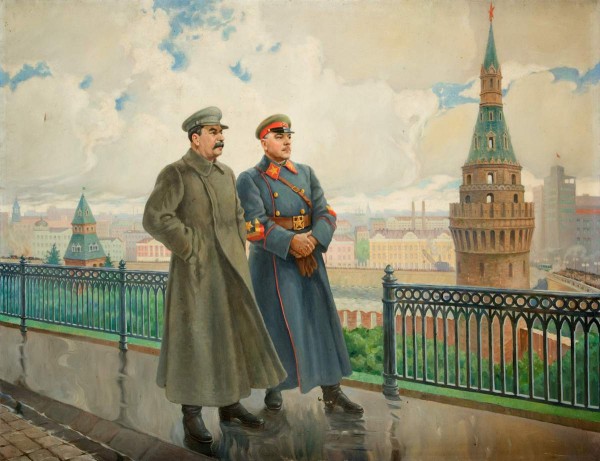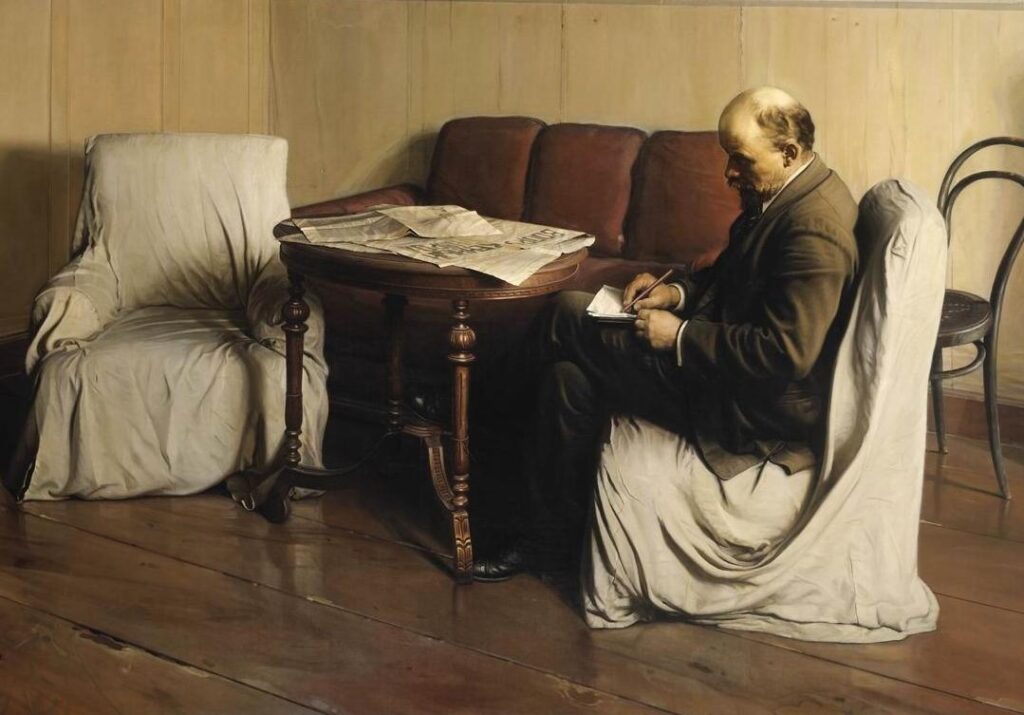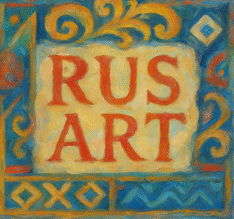Socialist Realism in Soviet Art (1932-1980s): Propaganda, Power, and the Suppression of Artistic Freedom
Socialist Realism, the style of art that prevailed in the Soviet Union for the 70year span from 1932 until the early 1980s, was so much more than a purely aesthetic phenomenon, it was an effective propaganda tool of the state, which was always tied to ideology and political power of the ruling communist government. Although purportedly honoring the work and triumphs of the Soviet people and that of socialism, it also knew to brutally repress creative freedom and individuality, making such a body of work historically important yet artistically fraught.
The Origins and Imposition of Socialist Realism:
The Soviet heritage of Socialist Realism is inextricably linked to the first few years of the Soviet period, an era of ideological and artistic effervescence. The initial years following the 1917 revolution saw a flourishing of avant-garde movements, including Suprematism, Constructivism, and other radical artistic styles. Nevertheless, as the leadership, led by Stalin, increasingly frowned upon these movements, it attributed them to be at odds with the plans for socialist construction and the strengthening of communist power.
The First All-Union Congress of Soviet Writers in 1934 marked a turning point. Congress, by stating that Socialist Realism “is a style of art, by which artistic existence is founded on an exact, historically grounded depiction of reality at the stage of its revolutionary development,” declared it the “only right style of art. But not only the duty of the artist but the modernness of the artistic object in itself is at least a novelty so that it has to be a new, a highly modernist outlook which, above all, is based on a faithful representation of reality, i.e., upon the intensely radical change and transformation of spirit of socialist theory. This definition, though simple, contained a much restrictive and insofar as a normative idea of art.

The Characteristics of Socialist Realism: The Characteristics of Socialist Realism:
Socialist Realist art was characterized by several key features:
Propaganda and Ideological Conformity: The main role of Socialist Realist art was propaganda purposes, hewing to the ideology of communism, extolling the success of the Soviet state, and praising the leaders. Personality artistic expression was sacrificed in the service of ideological strictness.
Socialist Realist art often depicted idealized figures, embodying the virtues of the “New Soviet Man”—strong, hardworking, selfless, and dedicated to the communist cause. And examples of that were more representative of heroic poses, taking on, being active, or performing acts of self sacrifice to the state. Realism, however, was an eclecticism, usually discarding the misery and complexities of everyday life and replacing them with a utopian vision of the Soviet reality.
Narrative and Storytelling: Narrative devices, social realism in art often used storytelling, to support the official narrative of Soviet history and socialist development. All these tales of history, of the triumph of industry, of the lot of working population, say, are, with a magic and mystifying tone, the basis of the glory being conferred upon the party and the leader.
Accessibility and Popular Appeal: Socialist Realism aimed for accessibility and popular appeal. Art was to be readily accessible to the masses and elicit uncomplicated messages, fostering a simple and direct propagation of dominant ideology. Works that were complicated or ambiguous were avoided, as they were considered to be potentially subversive.
Emphasis on Realism (Selectively Applied): Although “Realism” is in the title, application was very limited. Realism involved the description of the permitted aspects of Soviet life and minimizing or delicately explaining the unacceptable aspects, such as poverty, repressive measures, and political repressions. It was given special attention to a normative, idealized positive reality in line with the official narrative.
Key Figures and Artistic Styles within Socialist Realism:
Only a few internationally renowned artists acquired such recognition by creating their art within the context of Socialist Realism, but in doing so their personal styles and approaches also differed. Some artists, while adhering to the basic tenets of the style, managed to inject subtle nuances or personal touches into their work. Nonetheless, overt, noncompliant behavior and thereby transgression of the established norm was punished severely, with consequences such as censorship, expulsion or jailing.
Monumental Sculpture: Denying socialism in art,Socialist Realist style proved successful in art of the large scale (monumental sculpture), producing monumental statues and monumental monuments glorifying the victories of heroes of the revolution, the proletariat, and achievements of Soviet power. They all sought to create awe and to establish more solidly the power and the magnificence of the communist regime.
Poster Art and Propaganda: Posters played a crucial role in disseminating Socialist Realist imagery and ideology. Bold colors, basic compositions, and effective slogans were employed to communicate messages in a clear and easily understandable manner to a large general public.
Painting and Depictions of Labor: Paintings used to represent scenes of industrial production, of collective food production, other domains of Soviet life, which emphasized the common effort and victory of the proletariat. These paintings frequently featured idealized workers, portrayed as strong, heroic figures contributing to the building of the socialist state.

The Suppression of Artistic Freedom:
The dominance of Socialist Realism brought with it the suppression of artistic freedom and the exclusion of dissentient artists. A large number of the avant-garde artists suffered persecution, their works were defamed as “degenerate” or even “formalist”, and their lives were ruined. The artistic environment became standardized, with a lack of variety and innovation characteristic of previous eras. The system stifled the development of creativity and yielded a corpus of work that, although documenting its historical context contained little artistic depth and originality.
The Later Years and the Decline of Socialist Realism:
With the arrival of the final years of the 20th century, however, the strict limits of Socialist Realism began to break slightly. While the official ideology remained dominant, some artists found ways to subtly challenge the system, injecting elements of personal expression or social critique into their work. The emergence of nascent art movements working in isolation from the regulatory channels signaled a latent discontentment with the restrictions of Socialist Realism. That the death of Socialist Realism in 1991 and subsequent fall of the Soviet Union was, thus, the definitive end to artistic freedom and experiment monopoly.
The Legacy of Socialist Realism: The Legacy of Socialist Realism:
Socialist Realist, also, although a totalitarian instrument, is a significant aspect of artistic history of the Soviet Union and the global. The extent of its travel roll extended not only beyond the USSR itself to the sphere of arts and crafts of other communist countries. The legacy of the style is multifaceted, covering at once its use to great effect as a weapon of state propaganda and as a factor in achieving a uniquely Soviet artistic identity. That question also constitutes a valuable source of information on the intersection between art, ideology and politics as it raises critical questions about the impact of artistic censorship and artistic freedom. Although artistic quality of a considerable body of socialist realist art is subject to contestation, its historical importance as an expression of Soviet ideology and its effect on the art of the 20th century cannot be overlooked. The influence of Socialist Realism is a lesson for us all, an illustration of the potential for art to be used in a political setting and a reminder of the significance of upholding artistic freedom and individual expression.
